El Escorial
One of the three trips around Madrid, in our journey of 7 days in the Spanish capital, was dedicated to the city of the Valley of the Fallen (this is also called the monument dedicated to ex-dictator) and Escorial. I left for the Escorial at 11. 30 from Moncloa bus station. I bought the ticket from the bus and it cost approx. 8 euros. The road lasted about 1 hour. It was important to get before 15. 30 because then it leaves only one bus to Franco's Monument. It's important to get off the bus stop, because from there up to the Palace are just a 5-minute walk.
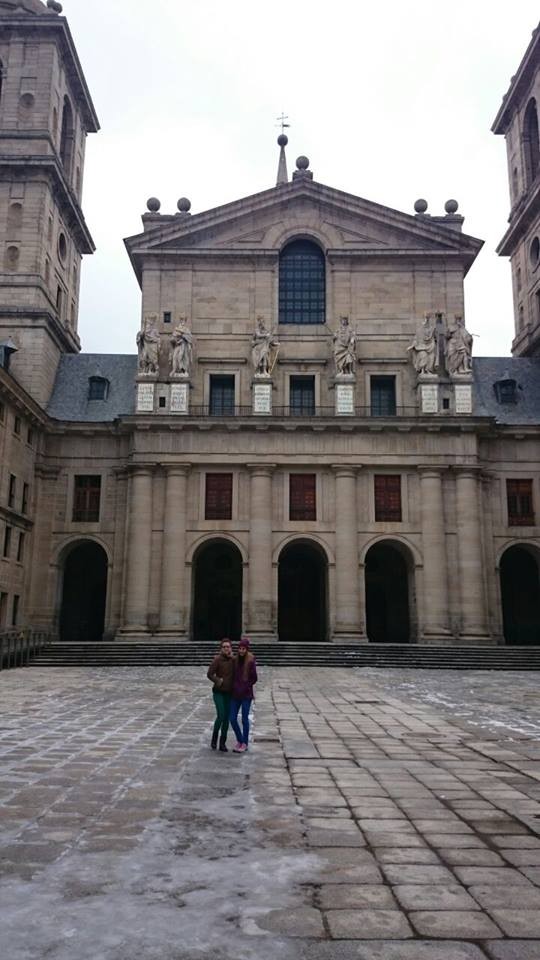
The monastery of El Escorial Palace was the summer residence of Spanish monarchs and is a huge building, which contains a Museum and a monastery surrounded by some very beautiful gardens. What is interesting is that in the same building there is also a school... Inside the Museum there are many works of art and what impressed me was the Hall from Armeria, a long and bright, which has large paintings on the walls, depicting images of important battles of the war with France. At 15. 00, I was bus and we bought the ticket. Coach parking is beneath the Earth, made highly efficient and space-saving. It would be better to see something like this in Romania.
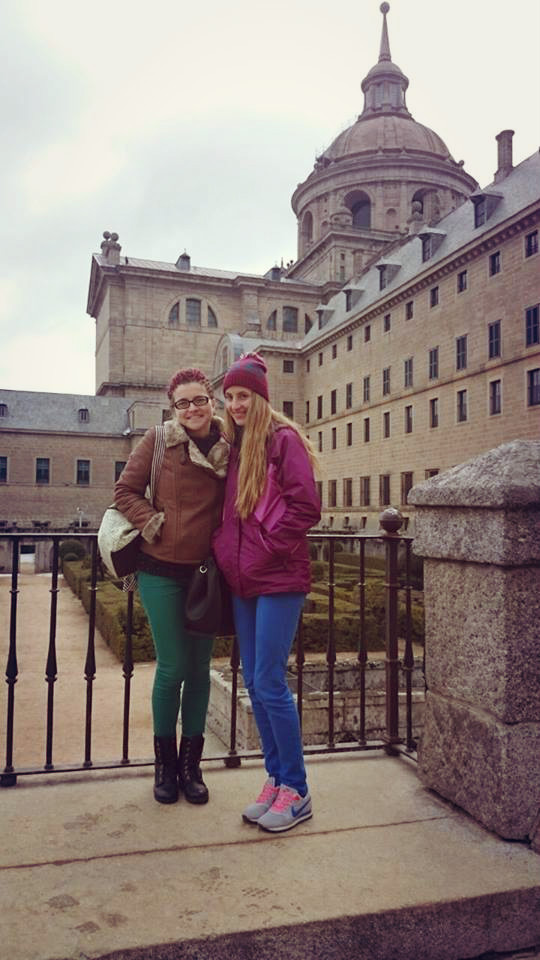
A very good thing in Spain is that everything starts to fix! The coach went 15. 30 fix and after 20 minutes we arrived at the destination. Franco's monument is located in such a way to impress! Very much space, both indoor and outdoors, a gigantic cross atop a cliff, a deep silence of the surrounding forests... it's something really impressive! Too bad you cannot climb cross. From what I have understood, climbing in no longer authorised since 2008, due to the failure of rocks and... We are curious by nature I asked a lady at the information that told us that we cant climb because the rocks could fall. We were surrounded by the beautiful panorama of the cross [... ] Another great space and quiet, where the monks ' locations at the base of the cross. You have 2 hours to visit because at 17. 30 the same bus has to come back...
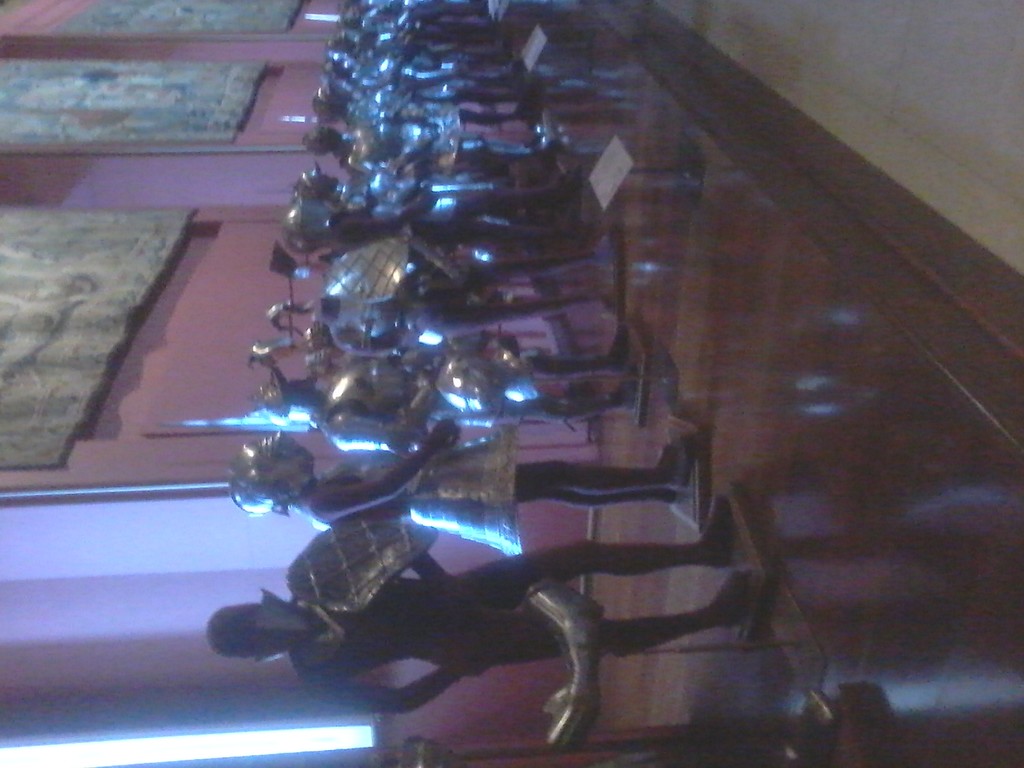

Located at a distance of approximately 45 kilometres from Madrid, built at the foot of Mt. Abantos in the Sierra de Guadarrama, El Escorial is an impressive, a UNESCO-protected monument since 1984. Moreover, this monastery (still inhabited by monks) and the Royal residence. Here you can find a church, but also an impressive Museum. The edifice was built by Philip II, considered by some historians as the most powerful and influential King in the history of Spain, but also the most Catholic of all.
The impressive palace was erected to mark his victory at the battle of Saint Quentin, against the forces of Henry II (King of France). Besides this, there was an important one: Philip II wanted the Palace to serve as the future resting place for all the Kings of Spain which they ruled tiny quasi-sovereign before him. The royal Pantheon, located beneath the Chapel, houses the graves of most Spanish kings since Charles i. Here rests including Prince Juan de Bourbon, father of Juan Carlos I and grandparent of Felipe VI, the current ruler of Spain. In addition to its original purpose and destinations, this huge Palace reached over time a huge Museum which houses numerous works of art, belonging to maesti as Titian, Tintoretto, El Greco, Velasquez, Paolo Veronese, and others.
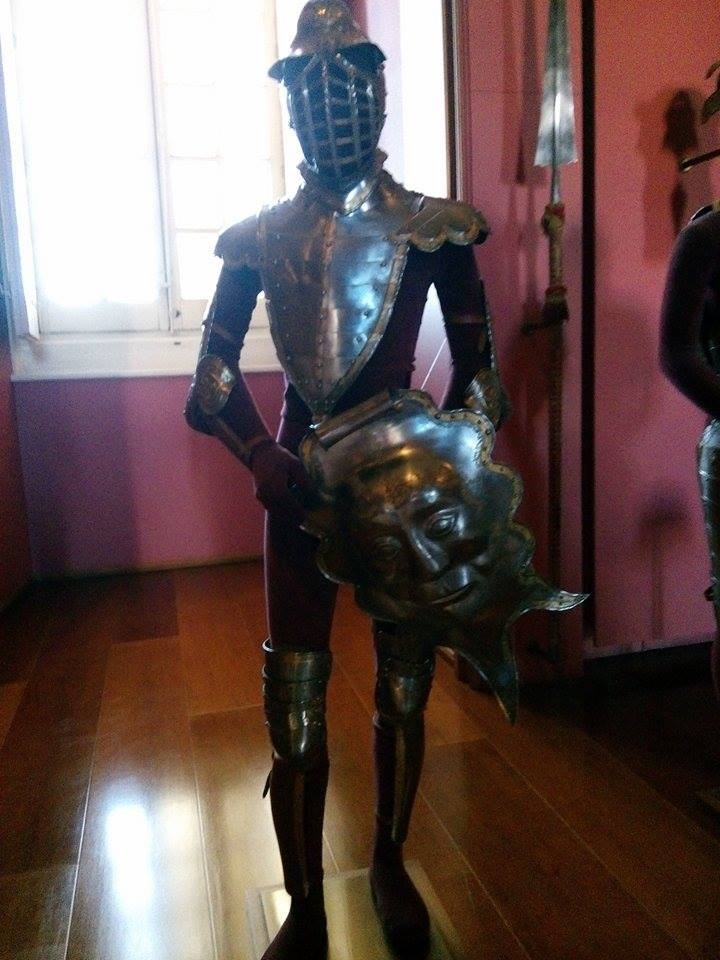
Also, huge library contains over 40, 000 books, manuscripts and documents of priceless value, which are stored in a room of over 54 metres long and 12 metres wide. An objective which should not be missed is the Hall of battles a giant Hall whose walls are frescoed depicting the most important battles and victories of the Spanish armies. From the windows you can see the lovely Palace Gardens of Monks-the home of monks here used to study and to pray. Grandiose and impressive, El Escorial Palace can offer a much clearer vision of Catholicism, but also of history, civilization and Spanish culture.
El Escorial monastery, partially (partial) is a royal residence. Possess a library that impresses not only through the sheer volume of books and documents but by their value. Its massive silhouette dominating the region, a total of 30. 000 square meters, with 9 towers, courtyards, statues, 86 rows of stairs, 88 fountains, 300 rooms, 1200 Windows, more than 1, 600 paintings, 2673 doors and the list goes on. It was built in honor of Saint John, after the defeat of the French armies in 1557, by order of King Philip II the son of Charles V (Qvintul), as the imperial power of the Iberian peninsula and with a mausoleum of the Kings of Spain.
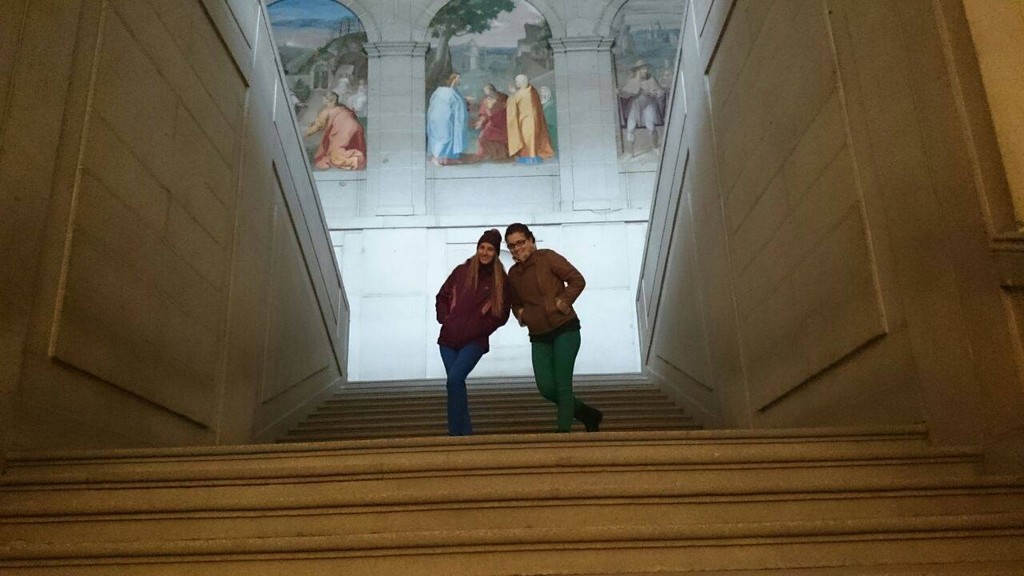
But, as I say, you should step into the Royal apartments, halls and stairs of the Palace that took so many decisions influenced peace and wars of the time, you'll see the mausoleum of the Kings where are todays all kings who succeeded Philip II, or the mausoleum of infantilor (Princes of Spain). To visit the Church and admire its splendor, to admire the splendid library with works of art and to understand how accounted for knowledge and wisdom. El Escorial was built with care to preserve a certain symmetry and austerity, but at the same time to show the power of the Spanish Crown, under the power of the divine. After a visit to El Escorial, you will feel small and striving.... And yet, all you see are you delight and somehow you feel richer, if not material at least spiritually.
Photo gallery
Content available in other languages
- Français: El Escorial
- Türkçe: El Escorial
- Español: El Escorial
"El Escorial"
The Royal Site of San Lorenzo de el Escorial. Madrid. Spain
It is without a doubt a great place to visit if you're in Madrid (Spain). It's about 30 miles from the centre of Madrid, in the Guadarrama Mountains. It has some beautiful gardens, The House of the Prince, and the palace which is also lovely. When you go inside, you go back in time. There they are, buried in the Pantheon of the Kings, some of the Kings of the Asturian dynasty, and there is a section set aside just for the princes and princesses who died as children. You can't miss the basilica and the altarpieces. It's considered a World heritage Site, and it was constructed in the 16th century. On some days at predetermined times, entry is free.
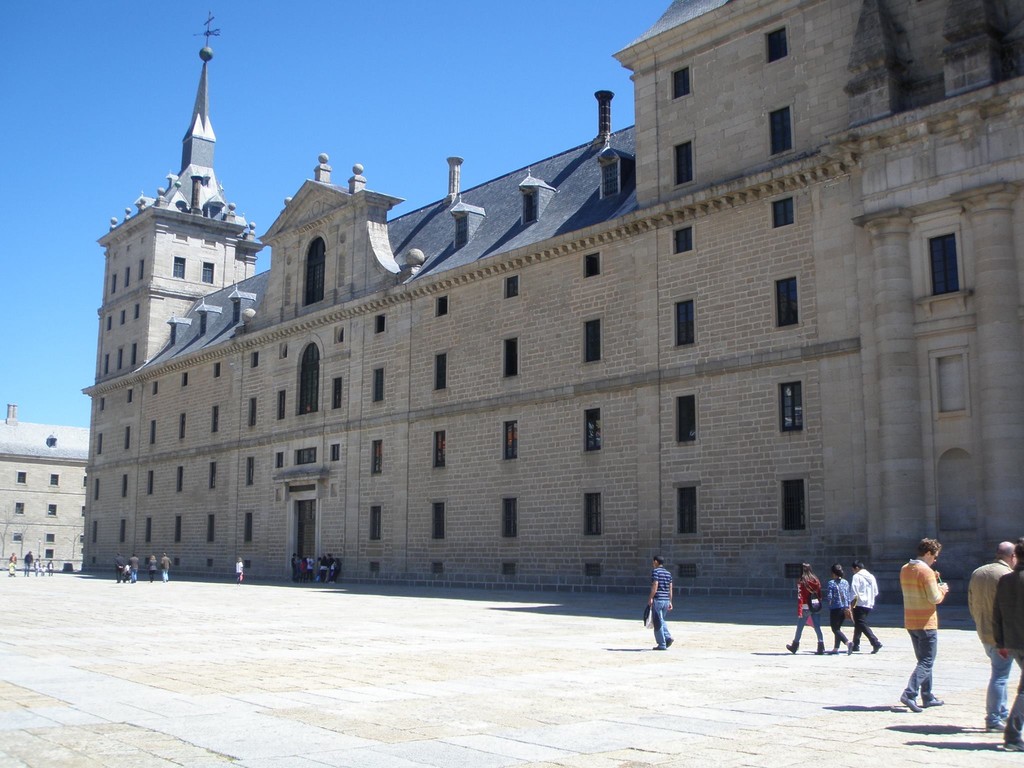
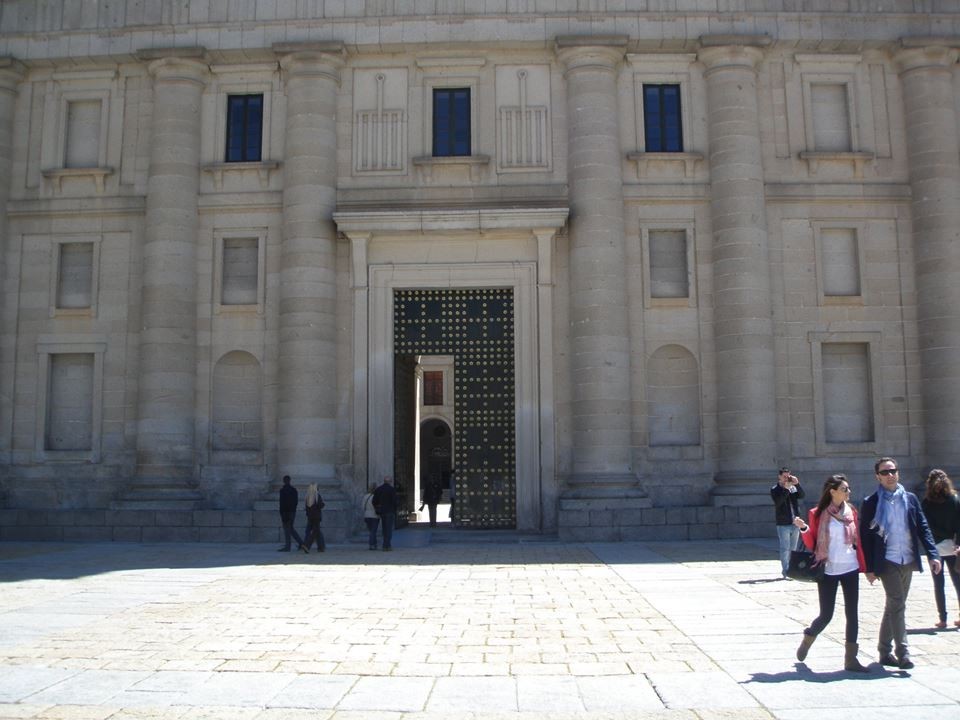
Photo gallery
Content available in other languages
- Español: "El Escorial"
- Italiano: "El Escorial"
Rate and comment about this place!
Do you know El Escorial? Share your opinion about this place.


































